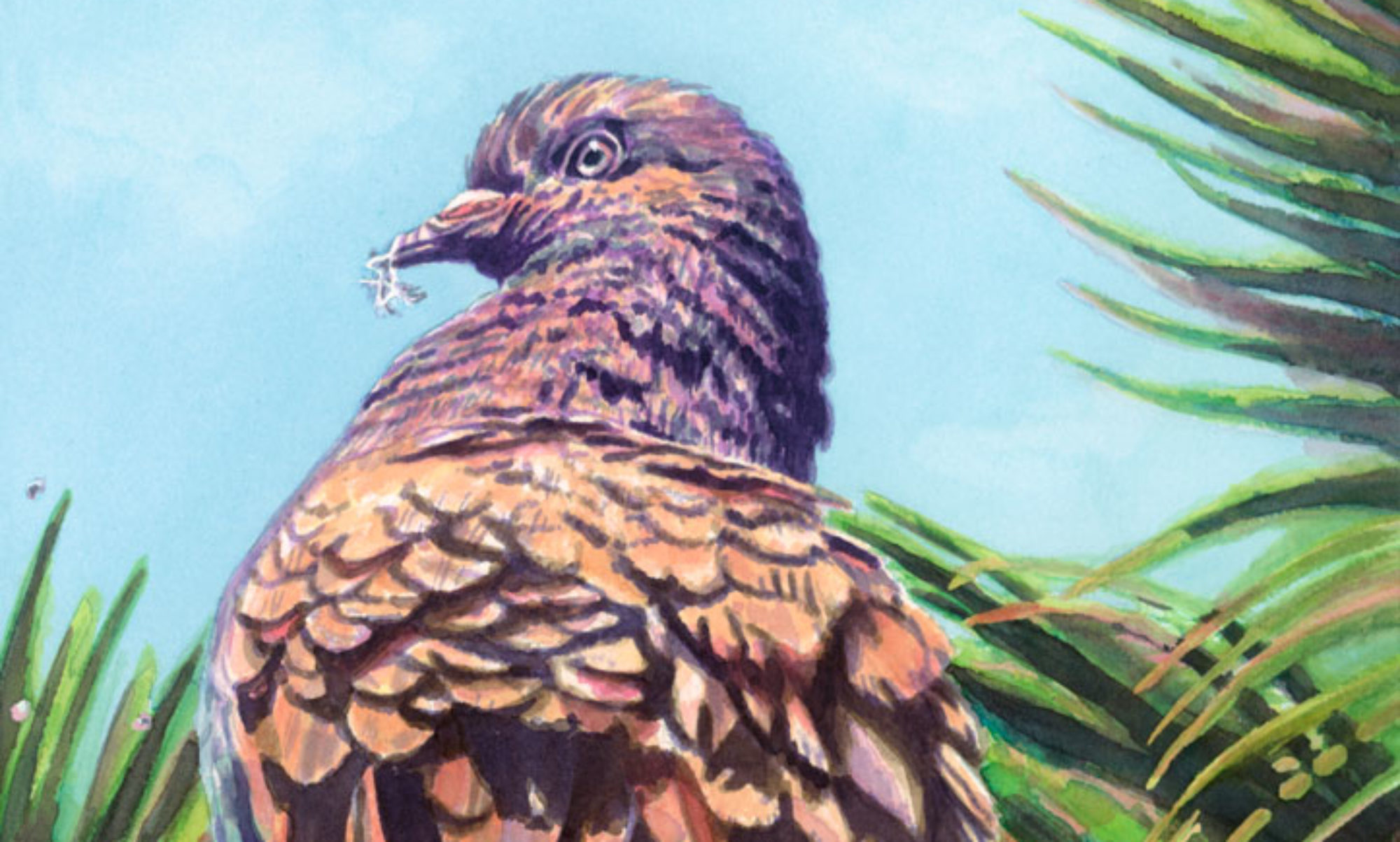1979 - 12" x 10" - India Ink, Arches paper
While studying art at Illinois Wesleyan University, Bloomington, I became interested in the art of the European Bronze and Iron Ages. I was very curious about what the artists had been trying to express; what they were thinking; what their lives were like, obviously so different from my own.
After school, I went on an archeological dig through Northwestern University (Evanston, IL). It was a work/study program at the Koster Site in Kampsville, IL. During the work portion, one of my jobs was working in the bookstore. Their collection of books was wonderful, and I purchased quite a few books; some of them on the Bronze and Iron Ages, prehistoric art, and archaeology.
Two years later, I began creating ink drawings that included collages of images from the Iron Age. The inspiration for The King’s Torc came from jewelry, such as a silver torc with an iron core that depicted bulls heads at each end of the opening; an ornate neck-ring found in Besseringen, Germany, using repeated three-dimensional lines as a motif; and a silver-bronze brooch found in a grave in Dürrnberg, Austria incorporating ram and horse heads.
In these ink drawings, I loved the way the ink lines could dance gracefully across the page; could be repeated many times next to each other, resulting in visual movement or bulging shapes; and how the contrast of larger areas of black and white have their own impact, resulting in interesting positive and negative shapes.
Reference:
See images #56, #93, #216, ART OF THE EUROPEAN IRON AGE: A study of the elusive image by J.V.S. Megaw, Harper & Row Publishers, New York and Evanston, © 1970 by J.V.S. Megaw, First U.S. Edition
See image #220, PREHISTORIC ART by T.G.E. Powell, Praeger World of Art Series, Frederick A. Praeger, Inc. Publishers, New York, © Thames and Hudson, London 1966

